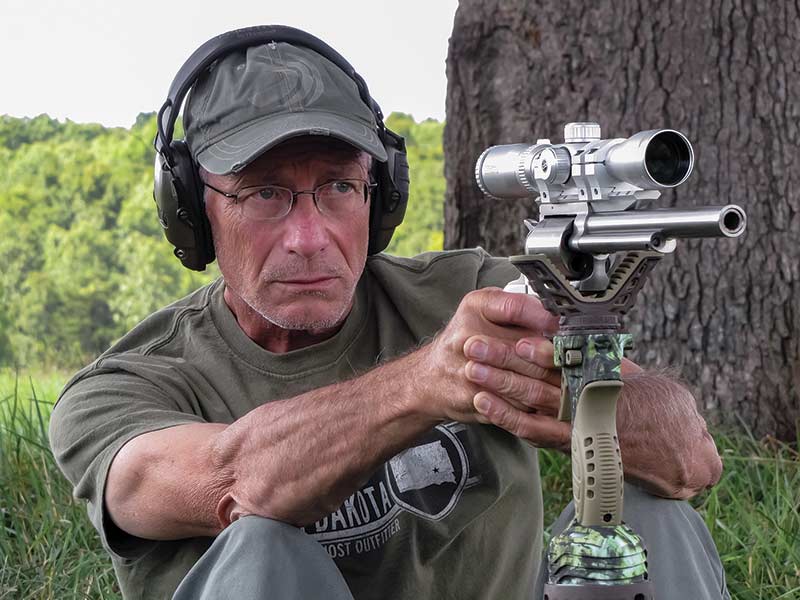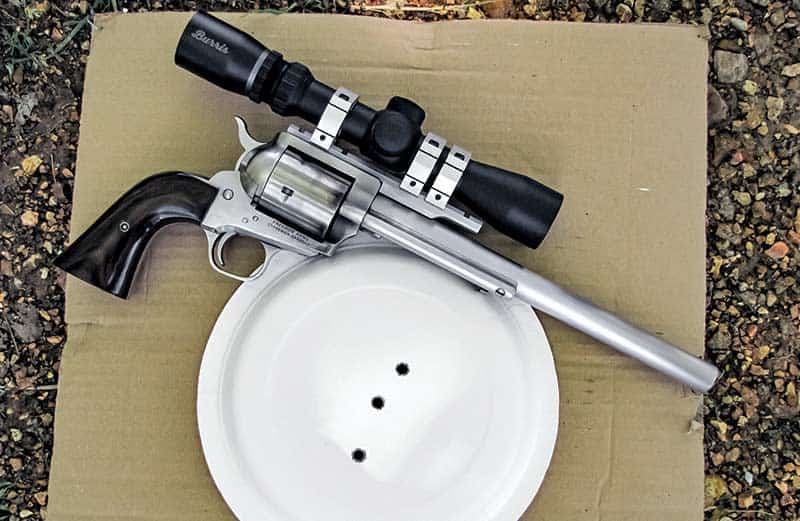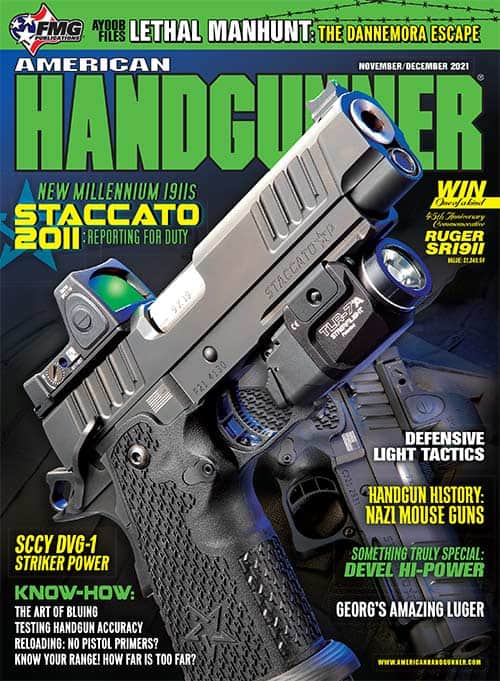How Far Is Too Far?
How do you determine your effective range for hunting? It’s a thought-provoking question indeed — there is no one-size fits all answer. Fortunately, the answer doesn’t rest in some complicated, complex formula.
Long Range Temptation
Long range shooting has become increasingly popular the last few years. It’s been a driving force for bullet manufacturers, reloading components, optic companies, custom barrels and more. It’s hard to escape the fact — long range shooting is increasing with popularity.
Like many, I too enjoy the challenge of long-range shooting. It’s been a huge educational curve for me learning more about wind drift and bullet trajectory. Today’s advanced technology can be found in the shooting industry with many products, including optics and bullets far superior compared to 30 years ago.
One important fact that should not be overlooked or misunderstood — there is a huge difference between shooting at a chunk of steel and taking a poke at an animal. Take IHMSA for example, a silhouette match where competitors attempt to knock steel targets off their stand from various distances. Those rams are positioned at 200 meters or roughly 219 yards. A hit anywhere on the ram, top of the horn or rear-end for instance, will usually knock the ram down. This counts as a hit and life is good. The same shot placement on an animal results in wounded game. Not so good!
Ethical Considerations
As responsible and ethical hunters, we owe it to the magnificent game we pursue to do everything possible to avoid wounding an animal. It’s the last thing hunters with ethics and moral principles want to encounter. A well-placed shot in the vitals will result in a quick demise. This should be our ultimate goal when squeezing the trigger.
Today you can occasionally find traffic on social media sites or internet forums where someone has taken an animal (and boasting about it) from an extended range. There are individuals with the capability who have taken a monumental amount of time and effort on the range to make some pretty long pokes. Is it logical for everyone to attempt something of this nature? After 45 years of doing some pretty serious handgun hunting, I have learned some valuable lessons. As the range increases in distance to the target, the odds increase on things going south.
There are some species generally associated with long distance shooting. Antelope and mule deer out west or mountain game such as sheep and ibex are often taken at extended range. Those hunters who have properly prepared for these types of hunts spend a considerable amount of quality time on the range knowing exactly where their bullet strikes at various ranges. And they’re shooting from actual field positions — emulating the shooting position they would expect, such as shooting off a backpack or similar rests.
Find Your Range
It’s very simple for me to determine my effective shooting range — I’m not concerned with what others are capable of accomplishing. The only thing worth a grain of salt is my own capability. Take a standard-size paper plate, approximately 8″ to 9″ in diameter, representing the vital area on deer-sized game. At what distance can I place three consecutive rounds inside the plate — shooting from a field position? If I can’t hit the plate three times in a row from a given distance, under field shooting conditions, I really have no business attempting a shot from that distance on a game animal.
Obviously, revolvers in traditional hunting calibers such as .41 and .44 Mag. are much different from single-shot handguns chambered for bottle-neck rifle cartridges like 7mm-08 or .308. Knowing the trajectory of your bullet will provide a better understanding of your gun and cartridge capability. When sighting-in my .44 Mag. revolver at 50 yards, the drop of the bullet at 150 yards is substantial. This is one reason I do not consider shooting at game with the .44 Mag. beyond 150 yards. Your mileage may vary.
Another component for consideration is the cartridge. Does your cartridge and bullet have the necessary velocity and energy to perform properly on game at a given distance? Just because I can place three consecutive shots in a pie plate from 200 yards with a .357 Mag., doesn’t mean I should tackle moose from this distance.
Our guns, cartridges and our individual proficiency all have limits. Before we head out to the woods or mountains, it’s best to determine our real-world capability. As Clint Eastwood once said, “Man’s got to know his limitations.”






